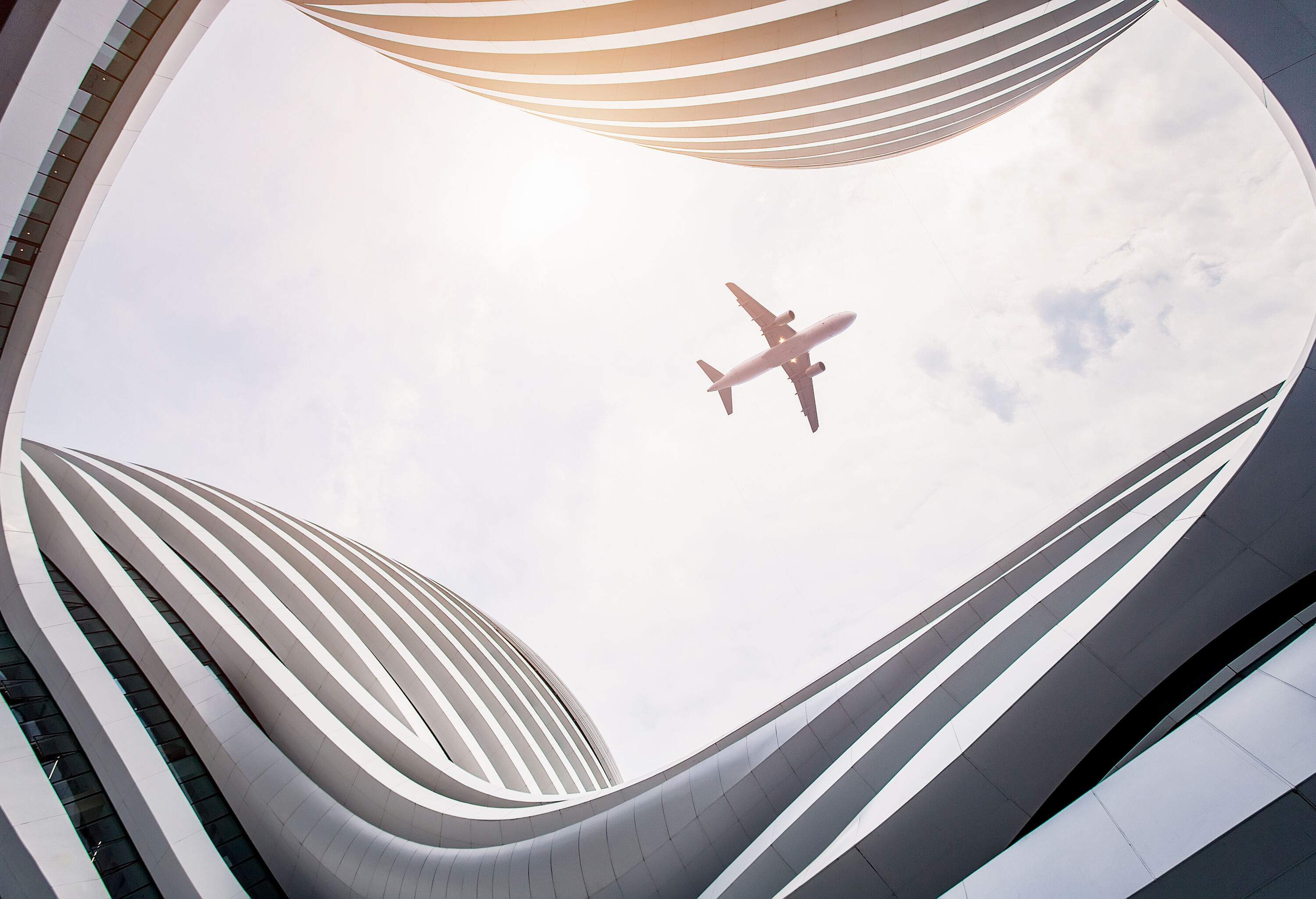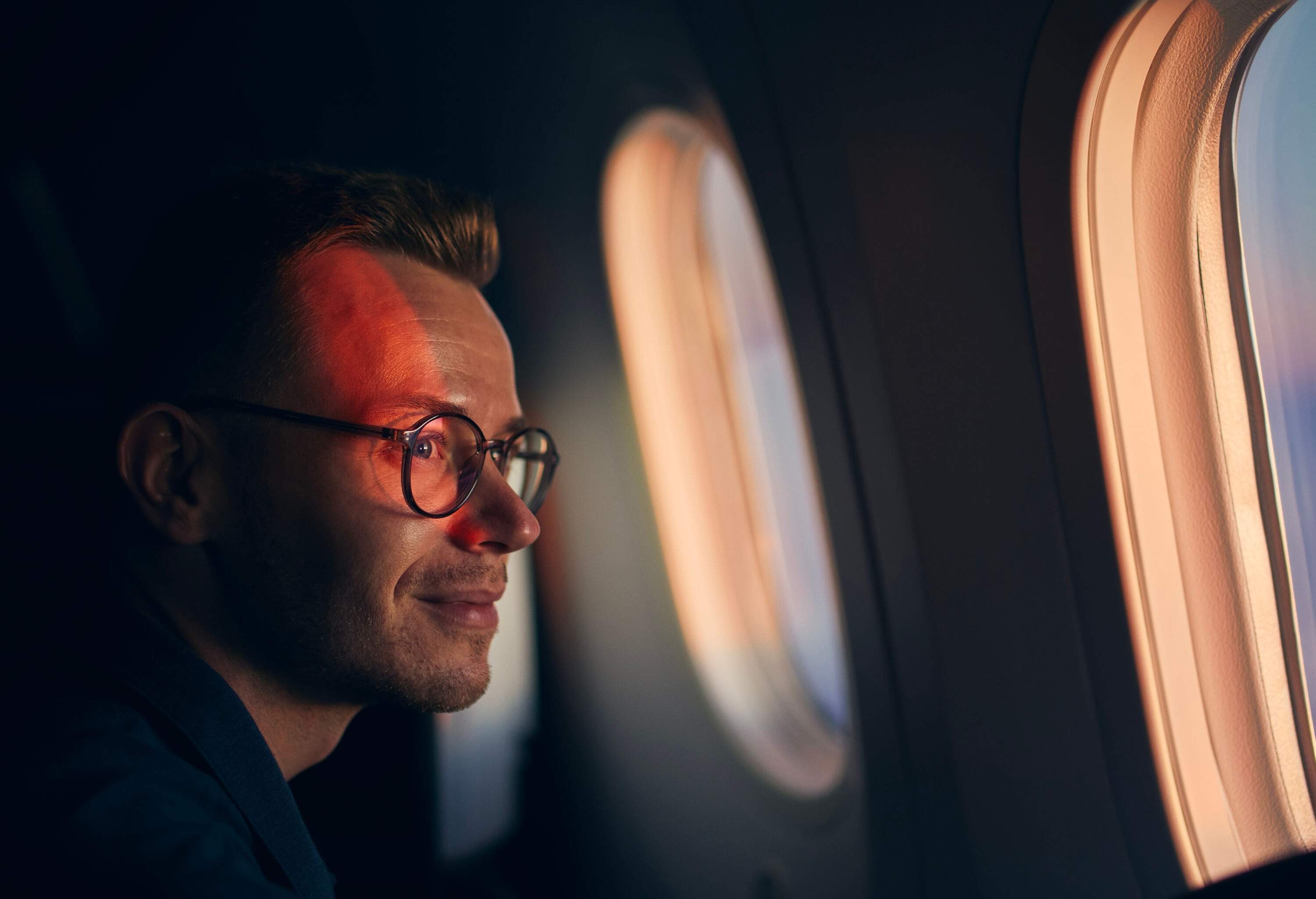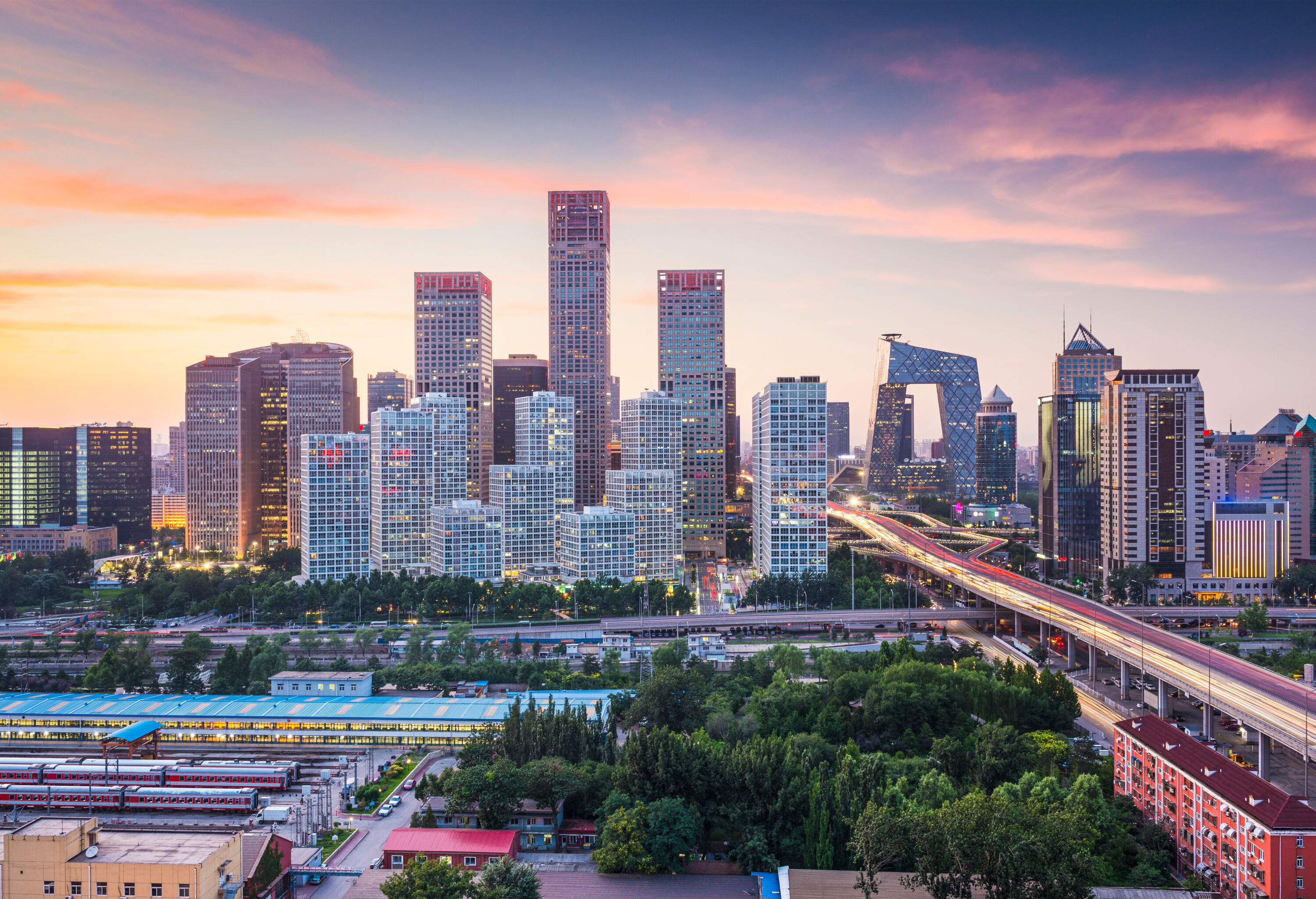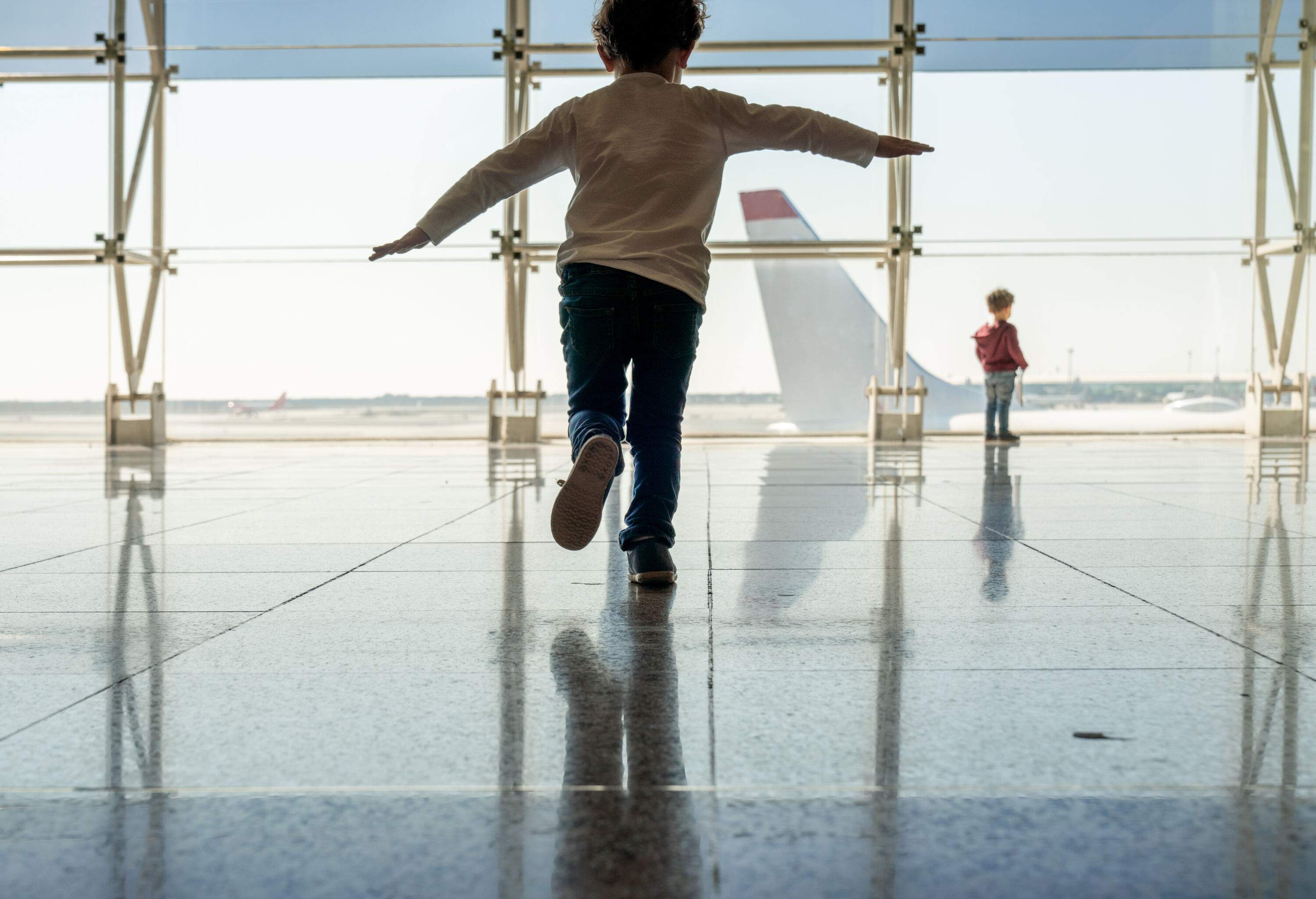The Chinese capital has two main airports: Beijing Daxing International Airport (PKX) and Beijing Capital International Airport (PEK). I use both when I’m spending time in Beijing, and have grown to love them for different reasons. Read on to find out everything you need to know about the two Beijing airports, and how to choose between them.
Beijing Capital International Airport (PEK)
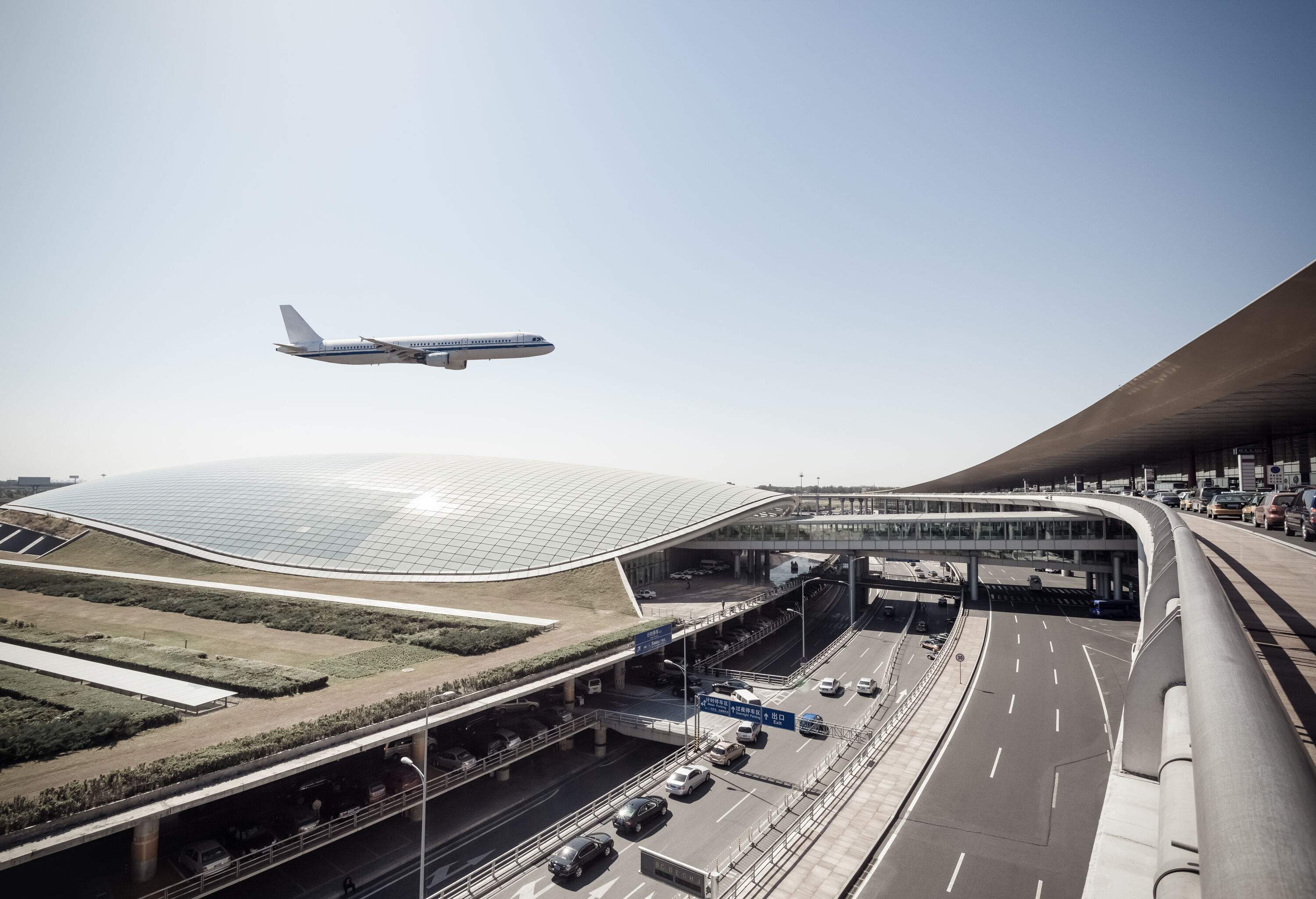
Beijing Capital International Airport (PEK) is an architectural masterpiece worth marveling at. It was the renowned Foster & Partners architects who designed the dragon-like terminal building for the Olympic Games in 2008.
Location
Located about 20 miles northeast of the city center, this is the busiest airport in Asia. It’s just a 20-minute drive from Beijing, and so is an easy choice when flying in and out. I generally use this airport when I plan to take a car service organized by my hotel, since it’s so much closer than the alternative.
How to get there?
One way is to grab a taxi, rideshare or car service, which takes roughly 20 minutes (but there’s often traffic, so it could take longer). It’s also fairly inexpensive. But in my opinion, the best way to do this trip is via the Airport Express Train that connects PEK and Beijing city center.
The train runs from airport terminals 2 and 3 to the Dongzhimen subway station and is very inexpensive, plus it takes less than 40 minutes. From there you can easily take the subway to wherever you need to go. There are also at least 18 bus options that leave from various points throughout the city, including Beijing Railway Station (this one takes about 30 minutes), which runs from 7 am to roughly 9 pm.
Terminals
Beijing Capital International Airport has three terminals. They’re all interconnected, and you can take a shuttle bus to get from one to the next. Terminal 2 serves a lot of the SkyTeam airlines, plus Hainan Airlines. Terminal 3 serves Air China, Star Alliance and Oneworld members, with a few exceptions. Terminal 1 is now revamped and forms part of Terminal 2 – the two are connected with a walkway that takes just a few minutes to walk.
Amenities
Terminal 3 is the star here. It’s a world of fine dining and, having spent a lot of time in this airport, I marvel at how they operate. Terminal 3 feels sort of like a hotel, where you can do everything from mail postcards and feast on fabulous food to relax in comfortable seating areas. In terms of airports to have to spend time in, whether that’s on a layover or a delay, this is one of the better options you’ll come across.
The airport’s lounges are quiet to get some work done and have comfy lounge chairs, plus some interesting dining with Cantonese flair. The best lounge in the airport is the Air China Business Class lounge in Terminal 3 E.
The airport has Wi-Fi, but it needs a code and for you to verify your passport – it’s also worth noting that the connection is not secure.
Unique elements
One of the star qualities of this airport is that they guarantee you’ll be able to receive your luggage within five minutes of them starting to offload the aircraft. In case you’re planning to travel around China, you’ll also find luggage storage areas in the terminals.
Beijing Daxing International Airport (PKX)
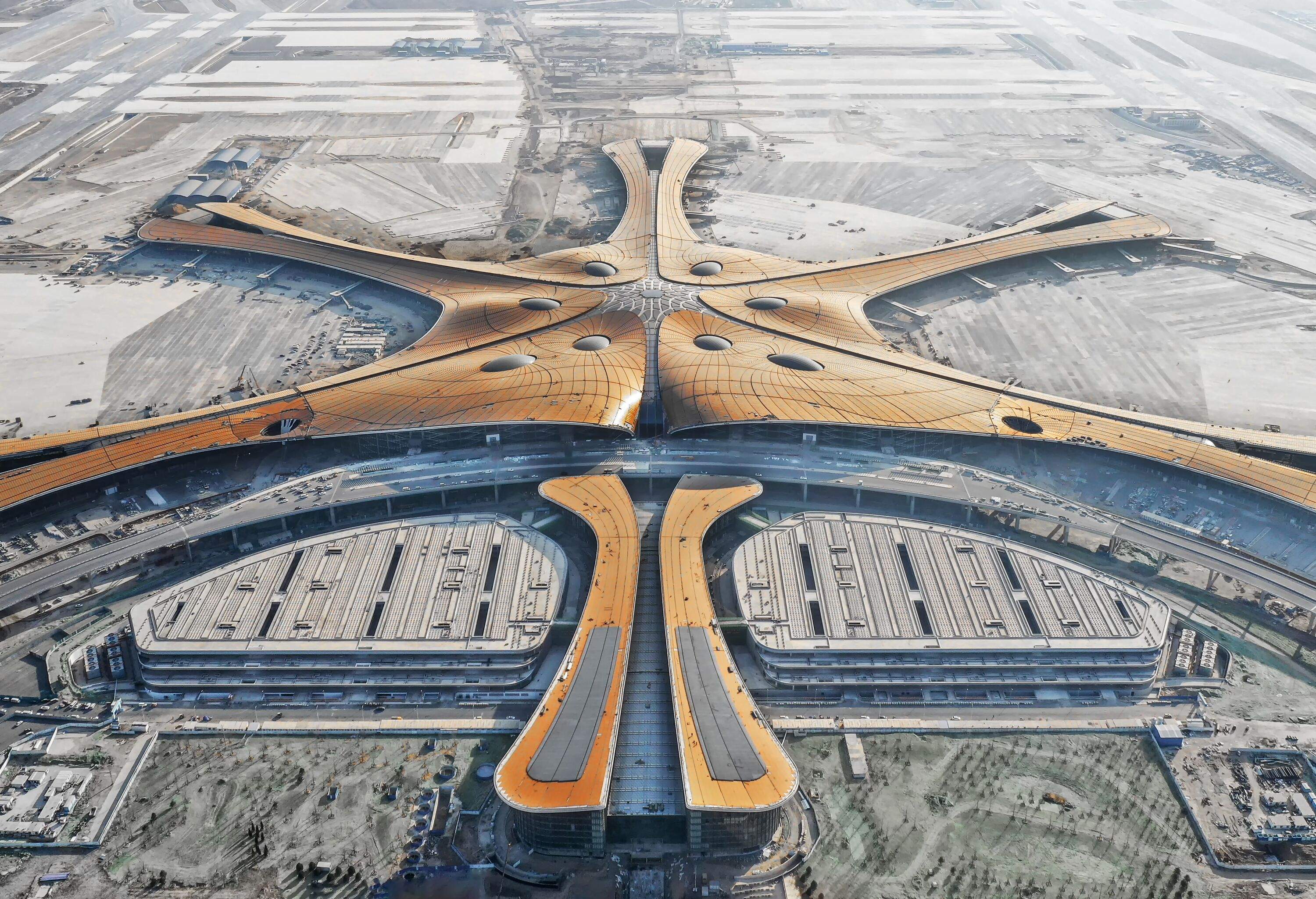
Nicknamed “the starfish” thanks to its five-pronged terminal building, this newer airport in the Chinese capital was designed by the famed architect Zaha Hadid and opened in 2019. Beautifully designed, it’s quite a sight to behold. It’s very high-tech, with facial recognition that means getting through customs and security is faster than most places I’ve experienced worldwide.
Location
Beijing Daxing International Airport is about 29 miles from downtown Beijing. Since it’s so well connected to the city center, I’ve used this airport for a lot of my Asian travels. If you’re coming from other parts of the country, this airport is easy to reach as it’s outside of the main traffic areas of Beijing.
How to get there?
Everything is well signed at this innovative airport, and you’ll also find the signs are always in English. By far the fastest way to get to the airport, and an option I particularly love due to the speed of the train, is via the New Daxing Airport Express Line. It runs up and down from Caoqiao Station in 19 minutes and is very inexpensive.
Of course, there are also taxis and car services (perhaps booked through your hotel) available, as well as rideshares, but these will take just over an hour. If there’s bad traffic, it could take as much as 30 minutes more than that.
Terminals
There is only one giant terminal at Daxing, and it’s the biggest single terminal building on the planet. It has seven floors: five above ground and two underground. Due to the tentacle design of the building (imagine a kind of octopus), the walking time between areas is never more than eight minutes, making the terminal convenient for just about every sort of traveler.
The terminal also has various outdoor terraces and, depending on the day’s air quality, they’re a great way to get outside without having to leave the airport. Skyteam has most of its airlines here, but you’ll also find that United Airlines and Air China run many flights through here. These are often changing, however, so I would check carefully when booking flights.
Amenities
Since the airport is so new, it has every amenity you can think of. They’re also constantly adding new experiences and special events, so keep that in mind when traveling through Daxing. I have spent a lot of time at this impressive airport, and I have to say I’ve always enjoyed myself.
First off, they have various lounge options to choose from (Priority Pass works for many of them). My favorite is the China Eastern Airlines V5 Lounge located after security on the fourth floor – if you look around, you’ll find there are a few quiet secret nooks where you can have plenty of privacy. Note that the lounges here are busy and often filled with kids, as they’re easier to access than many of the lounges in the US.
The airport has a superb yoga room (located in the international departures area on the third floor) where I’ve spent many hours unwinding. I also love the Aerotel terminal airport hotel, as it’s within five minutes’ walk of the check-in desks. The rooms here are compact, but they have vast TVs. They also have a fitness center and I’ve met many interesting people in their games room, so that’s well worth a visit.
Unique elements
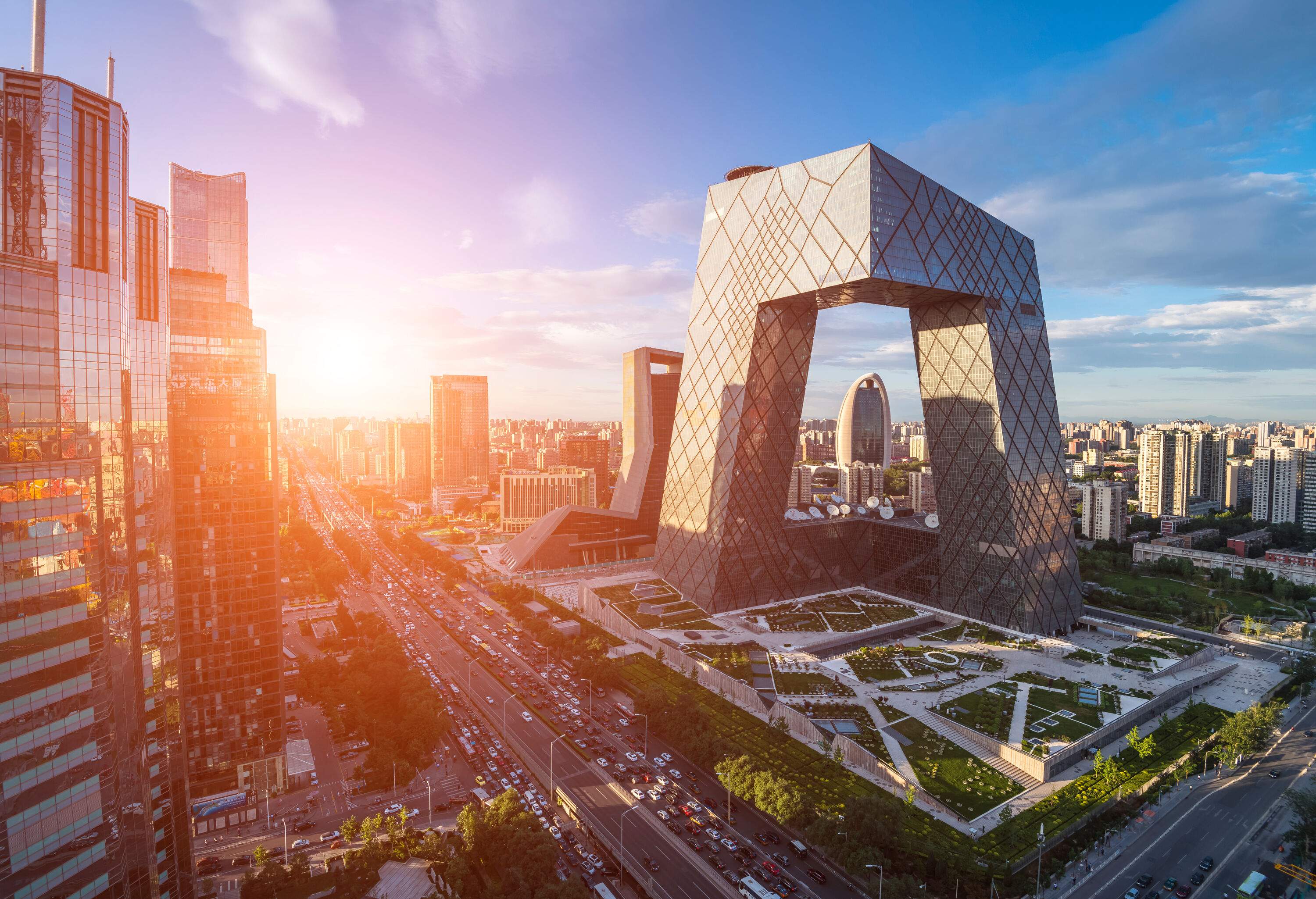
One of the unique features this airport offers is its 144-hour visa program. The airport has selected 53 countries that can travel to Beijing (and only Beijing, Tianjin and Hebei) without a visa. But you can only stay for 144 hours and you must have a ticket that has an onward flight booked. Best of all, you can do this on arrival and fill out the paperwork there and then.
The airport also has a great focus on being able to assist anyone in English, and their ambassador program is on hand to help with any on-the-day needs.
Best Beijing airport to fly from and into
If you’re wondering how to choose which of these two airports to use, this will make it simple for you.
| PEK Airport | PKX Airport | |
|---|---|---|
| Distance to city center | 20 miles | 29 miles |
| Ease to connect to Beijing | Easy car ride | Fast metro ride under 20 min |
| Shopping and dining | Fantastic dining options | Newer and more updated options |
| Other factors to think about | Architectural triumph | Newer and more connected |
How this guide was created?
I’ve been airport hopping roughly 200 days a year for the better part of two decades. I’ve often traveled to beautiful and fascinating Beijing from the US. I’ve used both of these airports frequently and interchangeably depending on my trip needs, or which Beijing hotel I’m staying at. After using both of these airports and considering all their pros and cons, I’m able to make an informed decision every time I book. China’s airports are fantastical architectural marvels, and I love that as a traveler.
Before the end
If you enjoyed my comparison between Beijing’s PEK and PKX airports and need information about flying, then read on KAYAK’s handy flight guides and airport guide.

